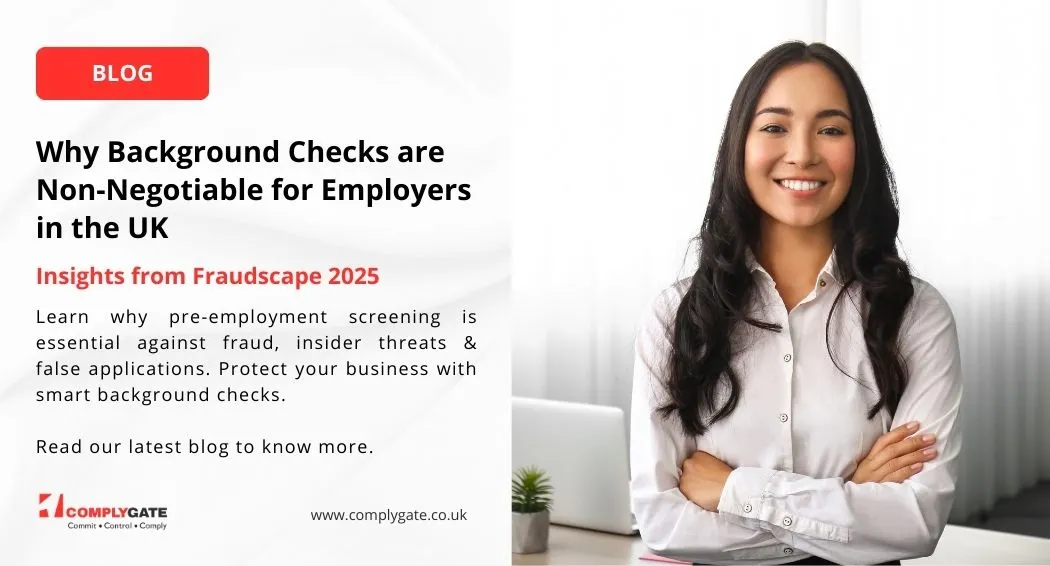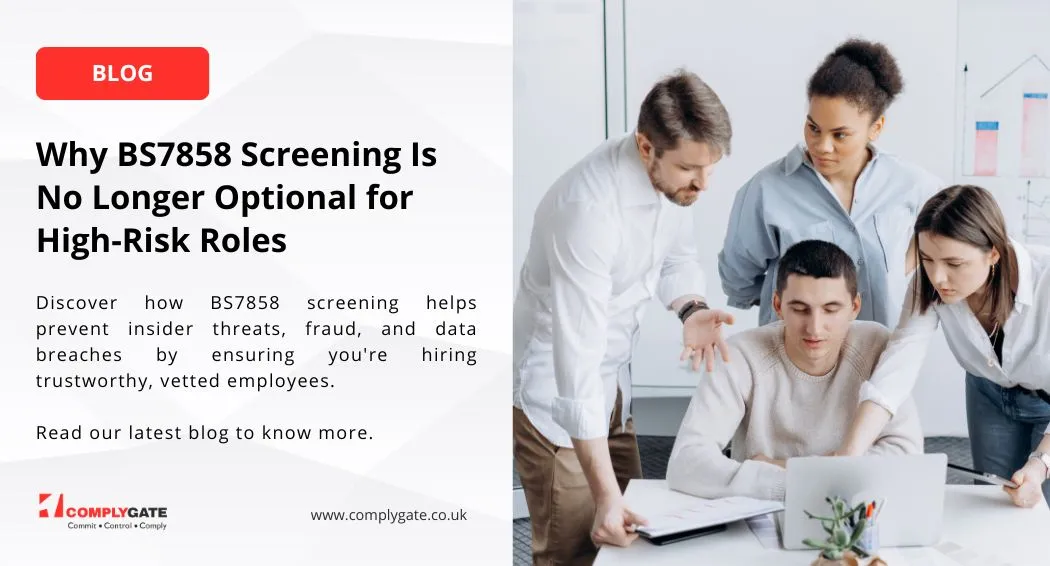Leadership in uncertain times given the context of the Covid-19 crisis
Acknowledgements
I thank Professor Gordon Redding for the critical thinking ideas. All mistakes remain mine.
It is an opportune moment to look at leadership in uncertain times given the context of the Covid-19 pandemic and its medical and economic crisis with its impacts on individuals, organisations, business, economies and society. The simplicity, boldness and clarity of the initial leadership strategy and tactics have metamorphosed into something more nuanced, hesitant and opaque. So, how might individuals – from the political, scientific, medical and economic worlds – lead effectively?
To help shed light on this, we need to start with some working ideas of what ‘leadership’ is. The area is awash with definitions, many trite, cliched, banal and hagiographic, etc. In contrast, for the famous management guru Warren Bennis, managers accept the status quo, leaders challenge it and have the capacity to translate vision into reality. Likewise, the novelist David Foster Wallace (2005, Consider the Lobster: Essays and Arguments) stated that leaders “...help us overcome the limitations of or own individual laziness and selfishness and weakness and fear and get us to do better, harder things than we can get ourselves to do on our own.” This sort of leadership is inter-woven with ideas of so-called ‘Emotional Intelligence’ (EI). This can be seen as the ability of leaders to understand and manage their own emotions and those of the people around them and has four components: self-awareness, social awareness self-management and social skills. Leaders with a high degree of EI know what they are feeling, what their emotions mean and these emotions can affect other people.
Another aspect is the leadership style of use in uncertain times. Here we can recall the identification of the classic groups of concerns in decision making that leaders have. First, Lewin’s (1948, Resolving Social Conflicts) single dimension of participation or involvement in decisions on a spectrum ranging from ‘autocratic’ through ‘laissez faire’ to ‘democratic’. Second, the two dimensions on low to high spectrums of the seminal university of Ohio and Michigan 1940s-50s studies operationalised by the famous Blake and Moulton (1964) The Managerial Grid: Key Orientations for Achieving Production Through People, with its twin axis of ‘concern for people’ versus ‘concern for production’.
Furthermore, leadership in uncertain times requires a trio of elements: ‘critical thinking’, ‘effectiveness’ and ‘skills’. First, ‘critical thinking’, which is important as all societies require two things. Firstly, to adapt to change, if they cannot shut themselves away from it, such as China and Japan in the past or North Korea more recently. The porosity of borders in the globalised world of the Covid-19 pandemic amply illustrates the problems of trying to do this. Secondly, a way of sharing common resources – not just material, but including knowledge, if they are to flourish via cooperativeness. Again, the Covid crisis highlights this point with the multitude of varied responses and Gadarene rush for medical equipment and supplies and the need for maximum cooperation in the search for a live and non-live vaccine.
These twin needs of adaption and cooperation are best met by quiet, reasonable debate and the exchange of ideas as the more people debating ideas with full consideration of the issues, the better will be the end result for everyone. Reasonable debate comprises 7 parts, with:
- All the key facts included.
- Expertise respected.
- Acceptance of different judgements about ‘the facts’.
- A clear proposition discussed.
- Respect for the evidence about both the advantages and disadvantages of the proposition.
- Any side effects of the proposition fully acknowledged.
- The overall purpose being legitimate and good and bringing widespread benefits.
Such reasonable debate in turn requires reasonable persuasion and reasonable discussion. The art of reasonable persuasion has 7 components, to:
- State clearly what is proposed - and why.
- Immediately acknowledge points of opposition.
- State clearly several main reasons for the proposal.
- Clarify the logics behind it.
- Add examples, with data if possible, to show how such a thing has worked elsewhere.
- Be very specific about dates and places.
- Re-state the proposal.
The art of reasonable persuasion has 5 aspects, to:
- Show respect to the other person.
- Acknowledge there are different perspectives, each based on knowledge and experience - there is no monopoly on ‘the truth’.
- Suggest the proposition is different for reasons to do with the kinds of understanding behind it – not the individuals debating it, so avoiding “playing the person not the ball” as the saying goes.
- Explain the basis of your own understanding, for example, including data, times, examples, etc.
- State clearly what you propose and its benefits and for whom.
Of course, we need to note and at least acknowledge at least two form of bias in this endeavour. First, desirability bias, which is wishful thinking, seeing what we want to see. Second, confirmation bias, the tendency to see what we expect to see, to cling on to beliefs by picking whatever facts support them and dismissing contrary evidence.
The second part of leadership in uncertain times concerns ‘effectiveness’. What makes an effective leader is a mix of factors, the ‘3Cs’, which influence a leader’s thoughts and actions (Chris Rowley and Dave Ulrich, 2013 Leadership in the Asia Pacific: A Global Research Perspective). These are first, Context’, the philosophical views that shape normal and patterns in countries. Second, ‘Culture’, the organisation’s unique culture and practices. Third, ‘Competence’, the leader’s own personal style, traits and predispositions.
The third component to leadership in uncertain times concerns ‘skills’. Here we can recall the temporal three-fold distinction of Robert Katz (1955, ‘Skills of an Effective Administrator’ Harvard Business Review). Importantly, not only did he distinguish skill types, but he clearly outlined how their relative balance shifted over careers. First, ‘Technical skills’, the ability to apply specialised knowledge or expertise. Second, ‘Human skills’, the ability to work with, understand and motivate other people, both individually and in groups. Third, ‘Conceptual skills’, the mental ability to analyse and diagnose complex situations. He then argued that the lower the position in the organisation the more technical skills and less conceptual skills were required. On the other hand, the higher someone was in the organisation, the less technical skills were required to fill the position and the more conceptual skills were required. However, human skills were always required, no matter the level of position in the organisation, and also became more important.
So, what are the implications of all this analysis for leadership in uncertain times, such as the Covid-19 medical pandemic and economic crisis? They are two-fold. First, leaders can use different styles, critical thinking and skills: conceptual skills and considered use of human skills. Second, leaders need to be aware of variations in leadership styles of and be ‘sensitive’ to ‘follower’ reactions to each.
In conclusion, the Covid-19 crisis has put a searching spotlight on leaders from all sorts of areas - political, medical, scientific and economic. Leadership in such uncertain times is about effective leadership. It is about using appropriate styles and skills with specific people in a particular context and situation that is evolving.
Professor Chris Rowley
Kellogg College, University of Oxford and Cass Business School, City, University of London
Professor Rowley has over 30 years in university systems globally following work experience. He has published over 700 articles, books and chapters and practitioner reports and is a frequent guest speaker for range of organisations and universities. He also has consultancy experience with businesses, government departments and labour unions and helped set up a Research Centre on Asian management and also an educational think tank in Singapore, serving as its Director of research and publications.












